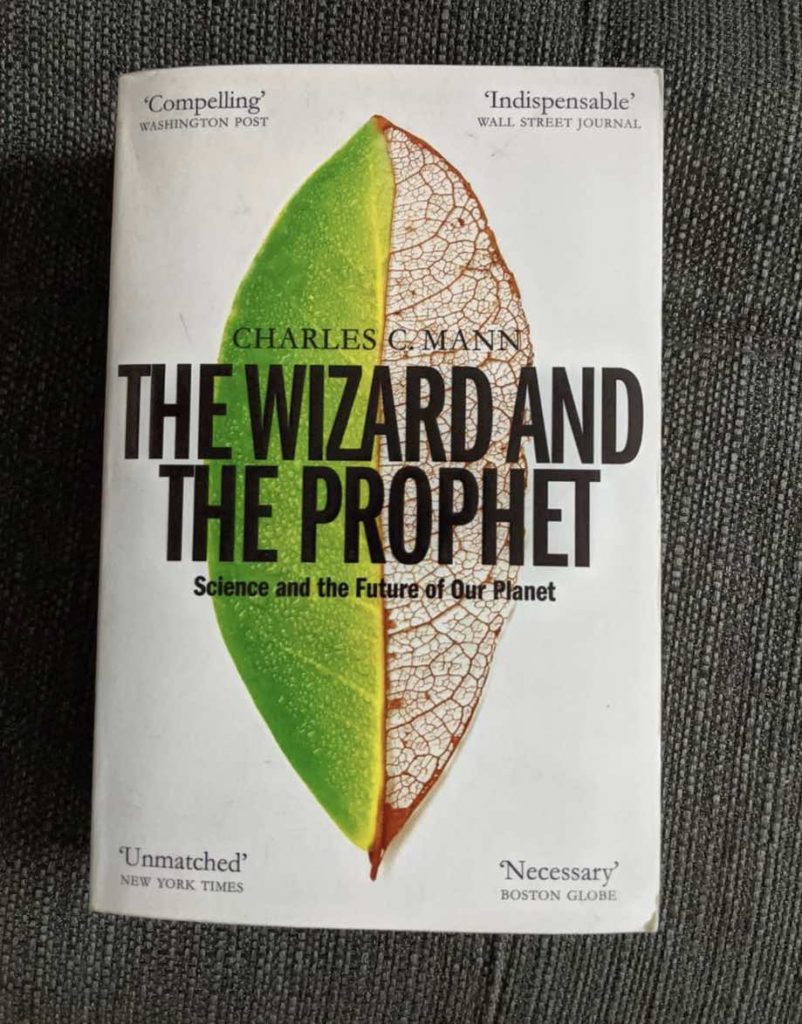Charles C. Mann
The world is only a few decades away from reaching a double figure billion population. We’re already experience a scarcity of many things we take for granted – clean air, potable water, affordable food and scalable energy sources. How will the species survive? There are two lines of thought – both with the same intent, but fundamentally different approaches.
Represented principally by Norman Borlaug (the wizard) and William Vogt (the prophet), this book juxtaposes these diverse lines of thought in the context of the four main resources – food, energy, air and water. Vogt sees nature as the main protagonist and the human species as one among the diverse cast of organisms. As per this view, humans have to understand and play within the constraints of nature. Borlaug considered humans the principal character, and nature as raw material that the species could reconstruct to its own advantage. It was just a matter of finding the right methods and technology, and educating people. A “worldview that valued efficiency rather than empathy and the spirit.” Two different ways to survive, and thrive. In a way, scarcity and abundance thinking.
Funnily enough, even though both men were (almost) contemporaries, they crossed paths only once. Their arguments and their supporters and followers more than made up for it though!
In addition to this very interesting philosophical debate, the book also works as a rough biography of Borlaug and Vogt. Both of them went through many trying circumstances, and whatever they have achieved is a tribute to their tireless spirit.
Another very interesting section, towards the end, throws light on the behind the scenes action of the Green Revolution in India and Pakistan. It is amazing how events such as the Cuban missile crisis, India’s wars with China and Pakistan, and even Nehru’s death all had a crucial role to play! It was touch and go a lot of times and worth a screenplay.
All of this makes for an interesting read and I wish the author had made it a bit more accessible by focusing a little less on the detailing. It is not an easy read, but it does provide some excellent perspectives on topics such as global warming, fossil fuel scarcity, GM foods, all of which have an increasing impact on our daily lives.

